Cattle Feed Pellet Machine: How to make cattle feed? Cattle feed formula
Date: 11/30/2020 08:49:21 From: feed-pellet-plant.com Clicks:
We know that large cattle farms (raising more than 1,000 cattle) and feed mills must purchase some feed equipment if they want to produce feed themselves. The simplest and most core equipment is the cattle feed machine. But if you add crushing, mixing, cooling and other equipment, you can form a feed pellet production line. The investment in feed line equipment is much greater than the purchase of a cattle feed pellet machine, but the degree of automation is high and the number of labor required is small, which is more suitable for large-scale commercial enterprises that produce cattle feed pellets.
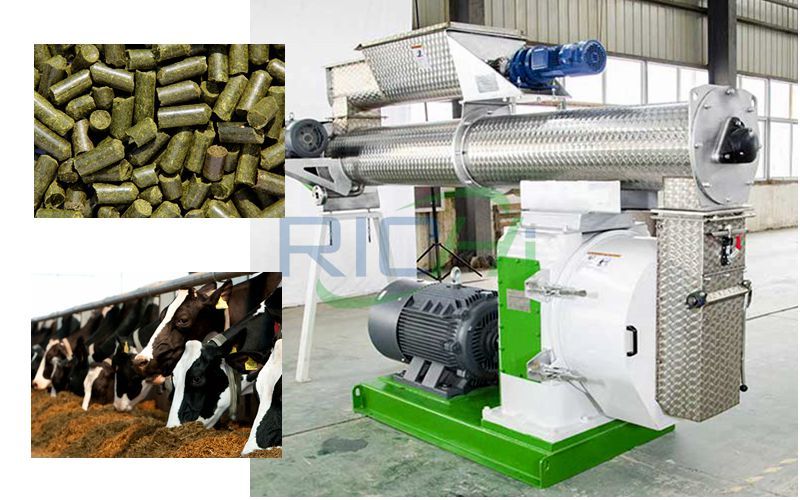
Cattle Feed Pellet Machine: How to make cattle feed
I. Cattle Feed Pellet Machine: How to Make Cattle Feed?
Features of Cattle Feed Pellet Machine
1.High driving torque, steady transimmison, main shaft long service life, brief structure, easy maintenance and low maintenance cost.
2.The support sleeve of main shaft and main case is lined with brass bush to prevent occlusion and is easy to dissassembly.
3. Ring die feed pellet mill adopts automatic grease adding system
4.Gear driving system, with good transmission rate, stable and reliable performance and low noise.
5.The key components are imported to ensure longer service life and lower cost for maintenance.
6.Raw material contacting parts are made by stainless steel.
Cattle Feed Pellet Machine Parameters
| Model | Capacity(TPH) | Main Motor Power(kw) | Feeder Motor Power(kw) | Conditioner Power(kw) | Dia.of Ring Die(mm) | Final Pellet(mm) |
| SZLH250 | 1-2 | 22 | 0.75 | 1.5 | 250 | 2~12 |
| SZLH320 | 3-4 | 37 | 1.5 | 2.2 | 320 | 2~12 |
| SZLH350 | 5-7 | 55 | 1.5 | 3 | 350 | 2~12 |
| SZLH420 | 8-12 | 110 | 1.5 | 7.5 | 420 | 2~12 |
| SZLH508 | 10-18 | 160 | 2.2 | 11 | 508 | 2~12 |
| SZLH558 | 15-25 | 180/200 | 2.2 | 11 | 558 | 2~12 |
| SZLH558D | 14-22 | 160/180/200 | 1.5 | 7.5 | 558 | 2~18 |
| SZLH678 | 20-30 | 220/250 | 2.2 | 11 | 678 | 2~12 |
| SZLH678D | 15-25 | 200/220/250 | 2.2 | 11 | 673 | 2~18 |
| SZLH768 | 25-40 | 280/315 | 2.2 | 11 | 768 | 2~12 |
| SLZH858 | 25-42 | 280/315 | 2.2 | 15 | 858 | 2~18 |
How to Make Cattle Feed
The major operations involved in the production of cattle feed pellets are: raw materials preparation, primary crushing, molasses mixing, fine crushing, pellet making and packaging(optional)
1.Raw and auxiliary materials are first charged into silos and tanks where they are made ready for further processing. They are then processed by primary crusher. Crushed materials are further separated by means of a sieve, and then stored in the assorting tanks according to the kind of raw materials.
2.The raw materials are then mixed by means of a feed mixer. In this process, fatty ingredients are added to the materials in order to raise the nutritional value of the feed. The feed obtained from the mixer is blended with molasses.
3.Assorted animal feed that is crushed into fine particles is further formed into pellets by a cattle feed pellet mill.
II. Cattle Feed Formula
Cattle premix is the core ingredient in formulating cattle feed, which plays a role in preventing diseases, promoting fast fattening of cattle, and improving feed returns.
So how to formulate cattle premix to achieve rapid fattening effect? During the fast-growing period, beef cattle have higher than normal requirements for various nutrients. In the preparation of beef cattle concentrate based on corn and soybean meal, the reasonable addition of various trace elements, vitamins and amino acids is beneficial to promote the digestion and utilization of feed by beef cattle, promote protein synthesis, and make beef cattle fast fattening.
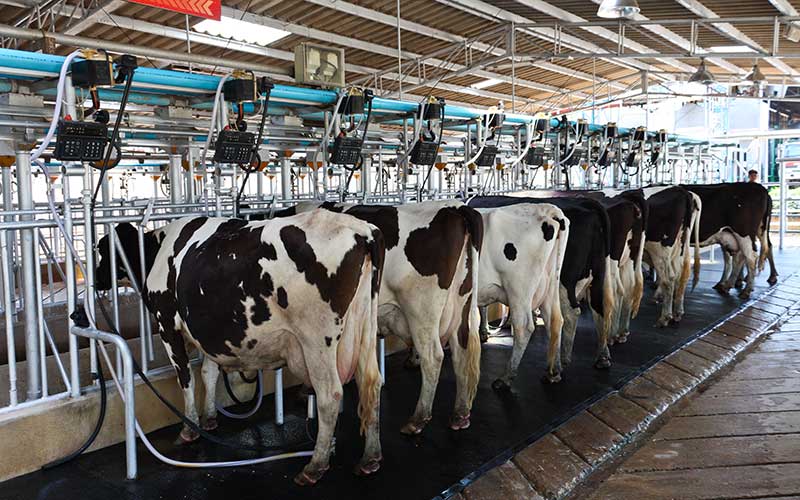
cattle
The main trace elements supplemented by corn soybean meal type beef concentrate are copper, iron, zinc, manganese, and cobalt. To prepare one ton of beef concentrate, add 40 grams of copper sulfate pentahydrate, 160 grams of ferrous sulfate monohydrate, and zinc sulfate monohydrate. 90 grams, 100 grams of manganese sulfate monohydrate, 0.6 grams of cobalt chloride, 0.7 grams of calcium iodate, can meet the needs of various trace elements for fast fattening of beef cattle. The B vitamins synthesized by beef cattle can generally meet their needs. Therefore, the vitamins that need to be added in beef cattle feed are mainly fat-soluble vitamins. The supplement of calcium and phosphorus in cattle feed is mainly added in the form of calcium hydrogen phosphate, and 10 kg of calcium hydrogen phosphate is added to prepare one ton of beef concentrate. The combined use of baking soda and magnesium oxide is a good buffering agent, which can keep the pH of the cattle's rumen in balance, improve feed utilization, and effectively prevent poisoning. The addition ratios in the cattle feed are 1% and 0.5% respectively.
In the process of preparing beef concentrate, in order to ensure the uniformity of the mixing, it is necessary to pay attention to the addition of micro-components, and various micro-elements and vitamins should be pre-mixed separately before they can be used to prepare the beef pre-mix.
Intensive captive beef cattle fattening feed formulations include concentrated feed formulations and coarse feed formulations, as well as the ratio of raw material feed and feed additives specified according to body weight and production goals. The following are fattening feed formulas for fattening cattle of different weights.
Cattle Fattening Feed Formula Recommendation
A. Now take the fattening cattle of about 300kg as an example to illustrate the fattening feed formula for beef cattle:
1. Concentrate formula: corn: 60-67%, soybean meal and cotton meal: 20-28%, bran: 5-17%, baking soda 1%, high-quality beef cattle premix 5%, high-quality beef cattle fattening additives 0.02 %, 0.2% for stomachic additives.
2. Coarse fodder formula: feed 14 kg of silage corn stalk a day, 5 kg a day of distiller’s grains, 5 kg a day of tofu residue or 10 kg of distiller’s grains, 14 kg of wheat straw or 10 kg of tofu residue, 14 kg of silage corn stalks
3. Farmers can adjust the feed ration formula according to their own conditions, and determine the feeding amount according to the condition of the beef cattle.
B. Now take fattening cattle of about 400kg as an example to illustrate the formula of fattening feed for beef cattle:
1. Concentrate formula: corn 60-67%, soybean meal and cotton meal 20-30%, bran 5-17%, baking soda 1%, high-quality beef cattle premix 5%, high-quality beef cattle fattening additives 0.02%, healthy Stomach additives are 0.2%.
2. Coarse fodder formula: daily feed silage corn stalks 17 kg, distiller’s grains daily feed 10 kg, tofu residue daily feed 5 kg or tofu residue 18 kg, wheat straw 14 kg or tofu residue 12 kg, silage corn stalk 20 kg
3. Farmers can adjust the feed ration formula according to their own conditions, and determine the feeding amount according to the condition of the beef cattle.
C. Now take the fattening cattle of about 500kg as an example to illustrate the fattening feed formula for beef cattle:
1. Concentrate formula: corn: 60-65%, soybean meal and cotton meal: 27-35%, baking soda 1%, high-quality beef cattle premix 5%, high-quality beef cattle fattening additives 0.02%, stomach-building additives 0.2 %.
2. Coarse feed formula: feed 20 kg of silage corn stalk a day, 15 kg a day of distiller’s grains, 5 kg a day of tofu residue or 20 kg of distiller’s grains, 20 kg of wheat straw or 12 kg of tofu residue, 30 kg of silage corn stalks
3. Farmers can adjust the feed ration formula according to their own conditions, and determine the feeding amount according to the condition of the beef cattle.
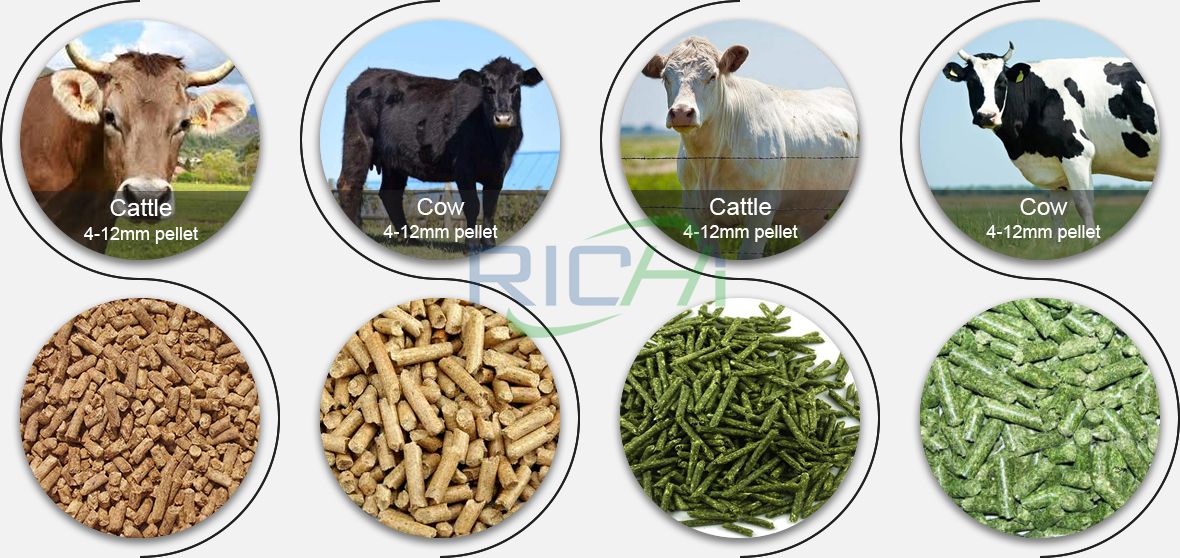
Cattle Fattening Feed Formula Recommendation
III. Feed Amount
According to the age of the cattle, fattening methods can be divided into:
Young cattle fattening: the fattening time is 6 to 8 months.
Shelf cattle fattening: the fattening time is 4 to 5 months.
Raising can be roughly divided into three stages:
The first stage is 7-15 days, which is the recovery period, mainly for training cattle. Solve the problems of fatigue and environmental inadaptability of newly purchased cattle due to long-distance transportation and stress. Do not feed concentrate at the beginning. First feed high-quality grass, dry grass, wheat straw, peanut seedlings, etc., drink clear water, and gradually mix in silage or ammoniated feed, distiller's grains, etc. Let the cattles be hungry for 1 to 2 days before feeding them with concentrate.
The second stage is 15-20 days, which is a transitional period. The cattle have basically adapted to the new breeding environment, and the amount of concentrate can be increased at this time. Generally 0.8% of the body weight is fed to the concentrate, and the 200 kg body weight is 1.6 kg of the concentrate for cattle. The coarse fodder is not limited. Feed for several days. Gradually increase the proportion of the concentrate after adaptation. At the end of the transition period, the concentrate can account for 40% to 50% of the ration.
The third stage is 110 to 120 days, which is the fast fattening period. During the period, the proportion of concentrated feed in the diet is: 55%-60% for 1-20 days, 65%-70% for 21-50 days, 75% for 51-90 days, and 80% for 90-120 days. 85%.
The above is the article for you: Cattle Feed Pellet Machine: How to make cattle feed? Cattle feed formula. If you are interested in our products or project solutions, please contact us. We will give you the best product quality and the best price. Email: enquiry@pellet-richi.com
Related Product
Production Line Equipment
related News
- >Uzbekistan Gizak 1t/h-2t/h Animal Feed Processing Plant for Floati
- >What is the price of the cattle and chicken feed machinery product
- >How to Choose Premix for Cattle Feed Manufacturers?
- >Cattle Feed Pellet Machine Solves the Problem of Cattle Feeding in
- >How to Make Cattle Feed Pellets? Is It Good for Cattle to Eat Feed
- >What Are the Costs to Consider When Investing in a Cattle Farm?
- >The Feed Pellet Machine Makes Corn Stalks Into Cattle and Sheep Fe
- >Practical | How to Prepare Cattle Premix to Achieve Fast Fattening
- >300kg-500kg Beef Cattle Feed Formula and Cattle Feed Pellet Machin
- >Cheats for Calf Feed Formula in Cattle Farms, What Feed Do Calves
Here you can submit any questions and we will get back to you as soon as possible. We will not disclose the information you submit to anyone, please rest assured.
Copyright© 2022 Richi Machinery. All rights reserved. Site Map


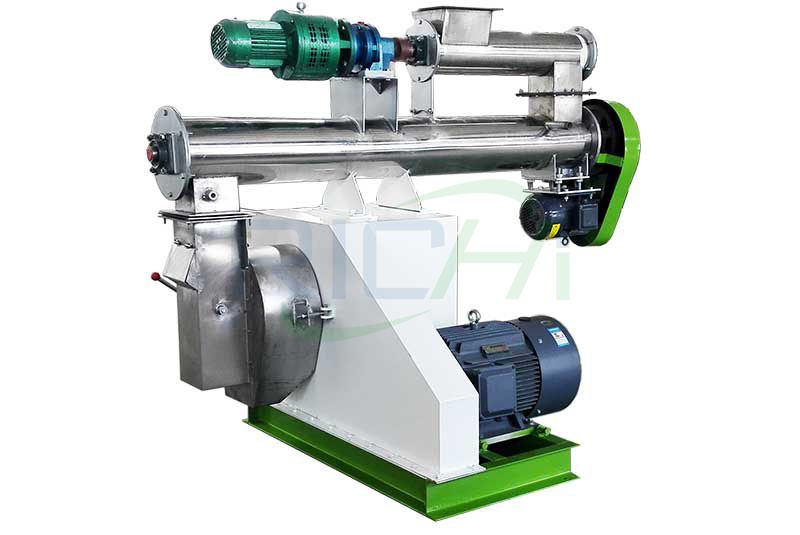
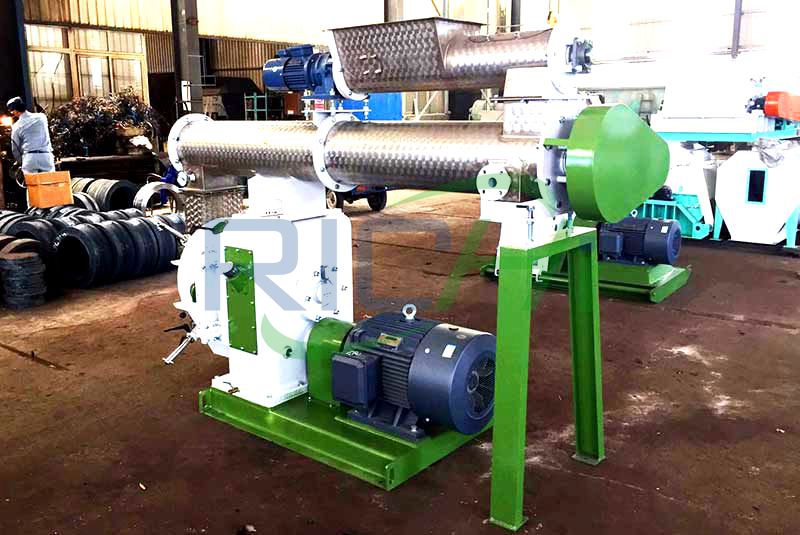
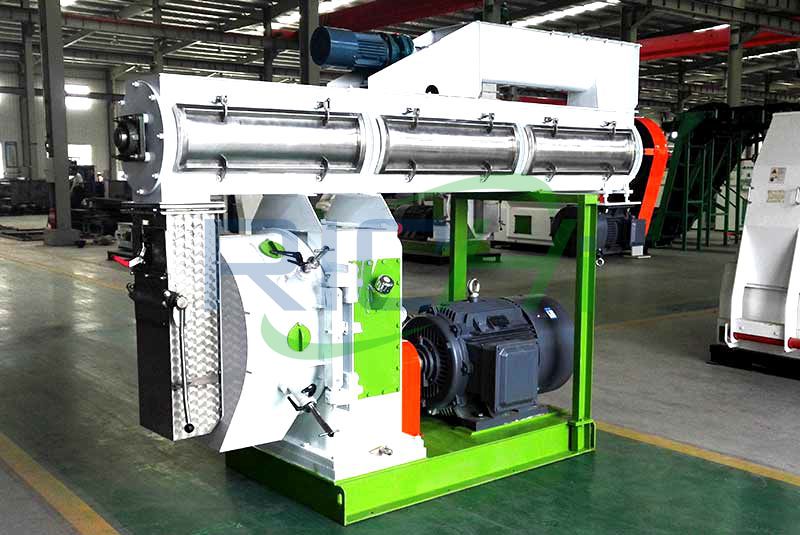
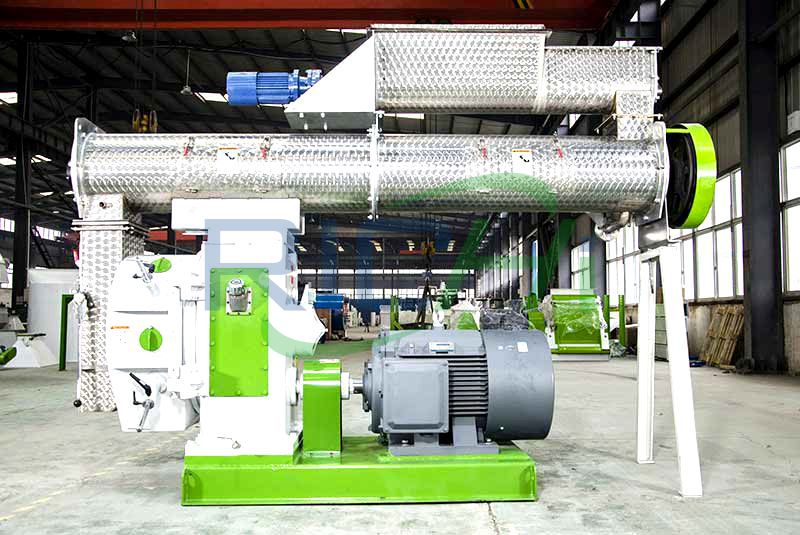
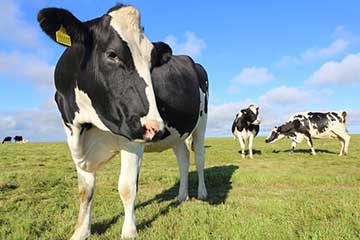
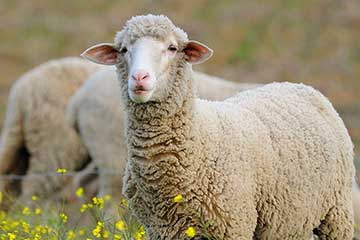
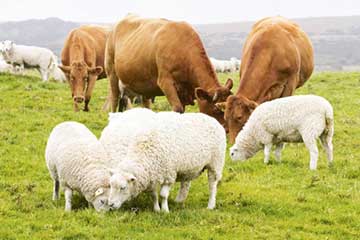
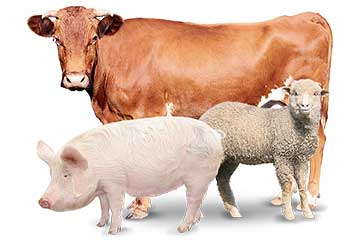
 Product Center
Product Center Get Latest Price
Get Latest Price